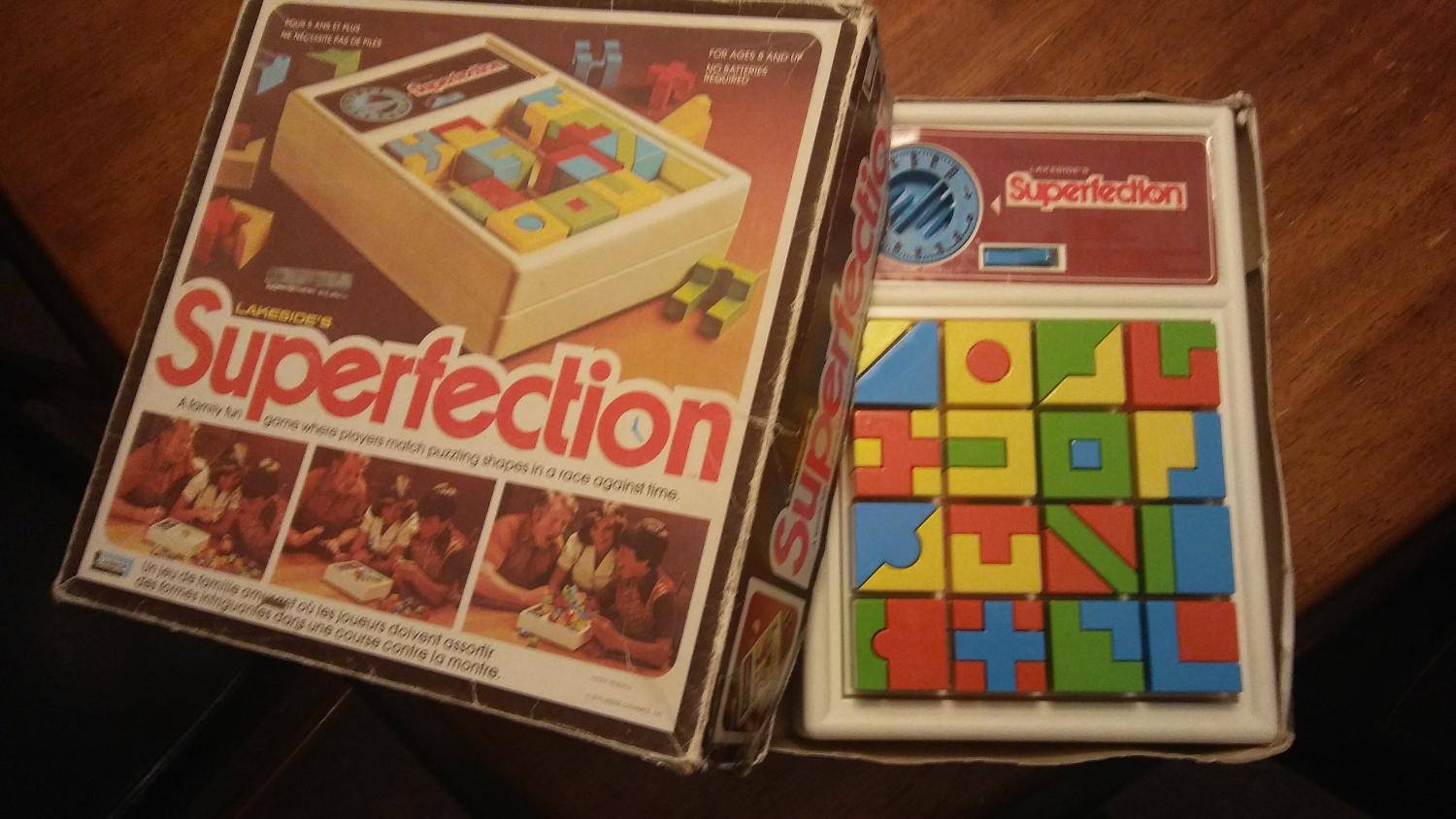
For the Symposium I want to discuss a boardgame that has swiftly become my favourite, and the favourite of my D&D group (we play boardgames if we don’t have enough people to run a session). It’s also a great showcase of how game design has evolved in recent years – Root, a game by Cole Wehrle of Leder Games.
If you aren’t familiar with hobbyist board games, you may not realize that board games have changed a lot since your childhood. Games like Monopoly or Risk are generally considered much inferior to more modern designs by hobbyist board gamers, and for good reason. Root, which came out in 2018, is an excellent example of how much fun an innovative game design can be.
My one-sentence description of Root is “adorable woodland creatures, engaged in vicious sectarian conflict”. Each player plays a nation or faction of woodland animals, each bearing a resemblance to a real political archetype (and yes, the art is adorable), and battle for supremacy over a network of woodland clearings. The widely-known game that Root most resembles is Risk – each player is (mostly) raising armies and fighting over territory in order to score points. But unlike Risk, the way this is done varies radically for each player:
- The Marquise de Cats and her followers start in control of most of the board. Their rules are fairly straightforward. They build sawmills that let them harvest wood from the clearings, that in turn lets them build more buildings to recruit more soldiers and craft cards to further increase their power. You can only build so many buildings per clearing, so they have to control a lot of the board to maintain their economic dominance.
- The Eyrie Dynasty start huddled in one clearing. They build up a decree turn by turn that dictates what actions they take. Their decree gets longer every turn, which gives them more actions each turn, but they have to fulfill the decree in its entirety. If they can’t for any reason, their government collapses, causing them to lose points and the rest of their turn while their leaders fight each other for power. They gain points each turn based on how many nests they have on the board, so they start to snowball, but are fragile if their plans are foiled.
- The Woodland Alliance starts with no pieces on the board at all. They are a revolutionary group made up of the ordinary citizens (mice, foxes and rabbits) of the forest. They earn points by spreading sympathy for their cause, and then staging revolts that allow them to establish rebel bases and start recruiting soldiers. Relative to the cats and birds, they are an ephemeral threat, they can spring up anywhere and while they can be suppressed by force, it can stir up resentment in the forest, making it easier to recruit more followers.
- The Vagabond isn’t even a faction at all – you just play as a lone wanderer who can’t build buildings or control territory at all. Instead you gain points by wandering the forest, completing quests and by helping or hindering the other players. They in turn can solicit your aid by crafting items you can buy off them to help increase your ability to act each turn.
There are two other factions that have subsequently been released in an expansion (mercantile otters and a cult of lizards), and they have their own mechanics for how to gain power.
The thing that really makes Root shine is that despite this complexity and variation it is well-balanced and plays very quickly. Games like Risk or Monopoly usually take over 2 hours, while 2 hours is a long game of Root. You do need to pay attention to the mechanics of the other factions, but the variations in how the factions work means that it can be fun for people with very different play styles.
All in all, Root is one of the freshest and most interesting game designs I have come across, and it’s a lot of fun to play. If you’re into board games at all, I really recommend you give it a go if you get the chance.







How many players? 4?
(Does the expansion allow 5? 6? Or just add different potential intragame dynamics for four players?)Report
4 players out of the box, the expansion lets you play to 6.Report
and they recently delivered another expansion that added two factions (from KS). However, I’m not sure you could do an 8 player game. The newer expansion also included a double-sided map.Report
I’m still waiting for mine – one of the downsides to living down here.Report
I have decided to purchase this game.Report
and they recently delivered another expansion that added two factions (from KS). However, I’m not sure you could do an 8 player game. The newer expansion also included a double-sided map.Report